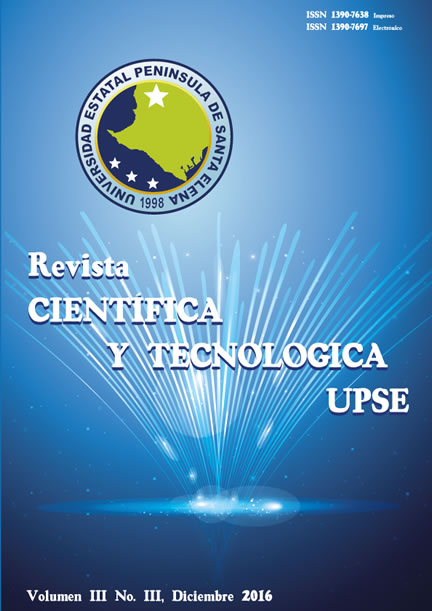Plicatura gástrica laparoscópica, control de dos casos post quirúrgico: hormona ghrelina
DOI:
https://doi.org/10.26423/rctu.v3i3.196Palabras clave:
hormona ghrelina, obesidad mórbida, plicatura gástrica, pérdida de pesoResumen
En la presente investigación se determinan los niveles de ghrelina postquirúrgico, pérdida de peso y variables hemodinámicas, en pacientes con diagnóstico de obesidad mórbida, operados hace cuatro y dos años, de plicatura gástrica. Sólo la ghrelina, hormona producida en el estómago, se ha asociado de manera consistente con el inicio de la ingesta y se la considera una de las principales señales orexigénicas en los modelos animales estudiados y en humanos. Dada la importancia que los trastornos de la ingesta de alimentos, especialmente la obesidad, el conocimiento de los mecanismos de acción de estas señales endocrinas ha tomado mayor importancia, pues podría contribuir al desarrollo de nuevas moléculas que incrementen y mejoren el arsenal terapéutico para tratar la obesidad. Diversas técnicas se han desarrollado con diferentes resultados y complicaciones. Una nueva técnica con resultados prometedores, la plicatura gástrica (invaginación de la curvatura mayor del estómago, sin cortar,reversible), no tendría las complicaciones del uso de sutura mecánica e implicaría una reducción de los costos.
Descargas
Descargas
Publicado
Número
Sección
Licencia
El titular de los derechos de autor de la obra, otorga derechos de uso a los lectores mediante la licencia Creative Commons Atribución-NoComercial-CompartirIgual 4.0 Internacional. Esto permite el acceso gratuito inmediato a la obra y permite a cualquier usuario leer, descargar, copiar, distribuir, imprimir, buscar o vincular a los textos completos de los artículos, rastrearlos para su indexación, pasarlos como datos al software o usarlos para cualquier otro propósito legal.
Cuando la obra es aprobada y aceptada para su publicación, los autores conservan los derechos de autor sin restricciones, cediendo únicamente los derechos de reproducción, distribución para su explotación en formato de papel, así como en cualquier otro soporte magnético, óptico y digital.












